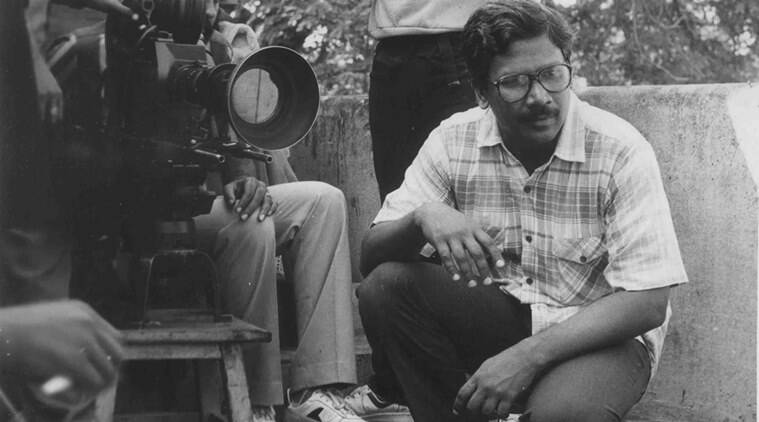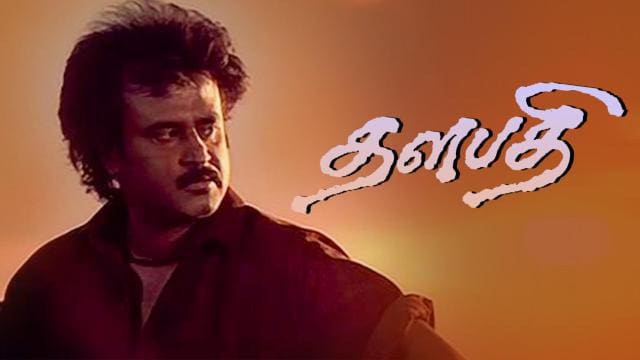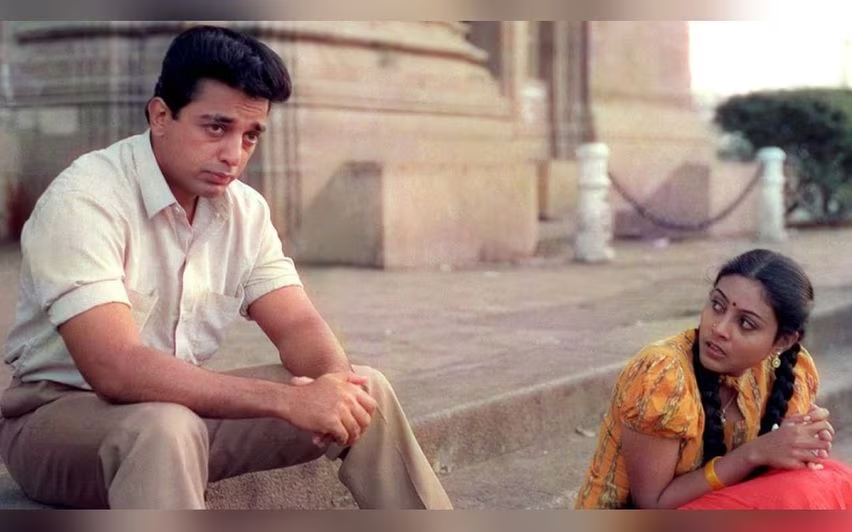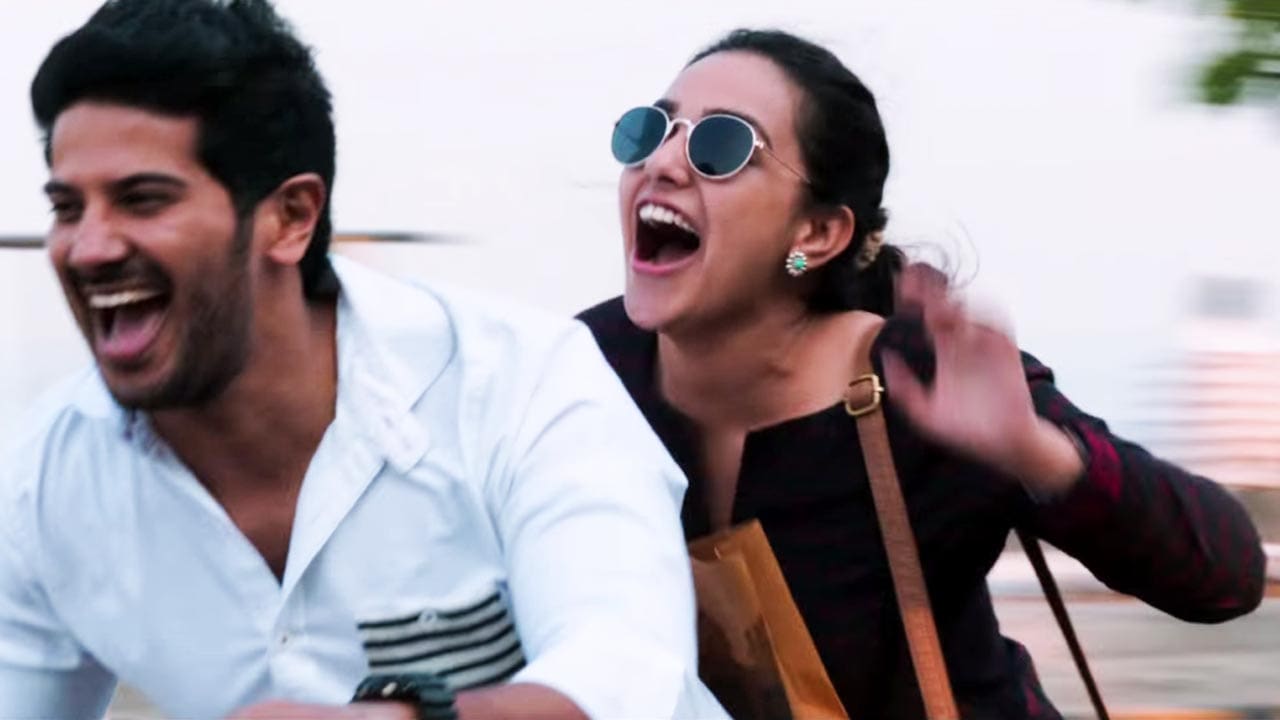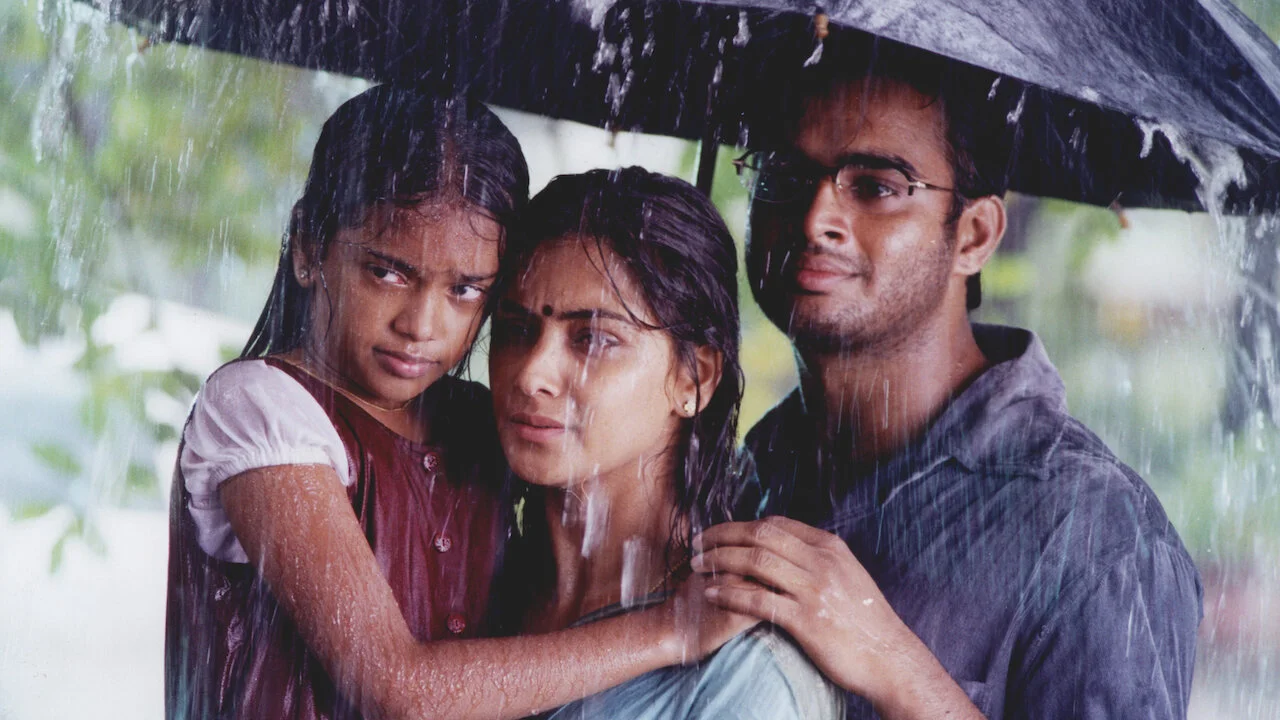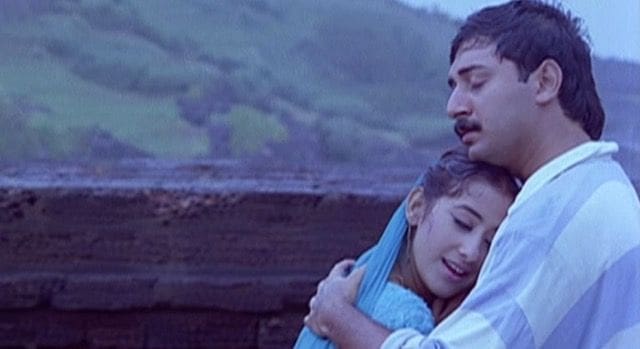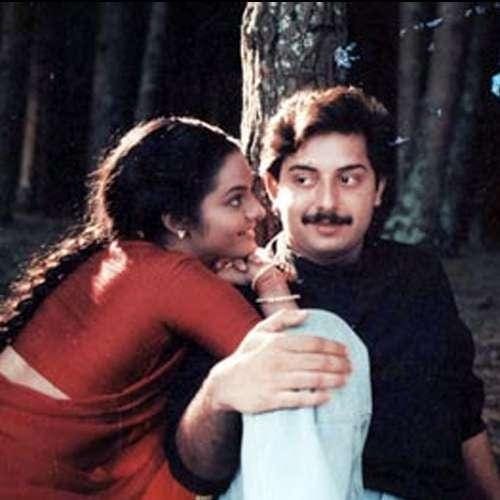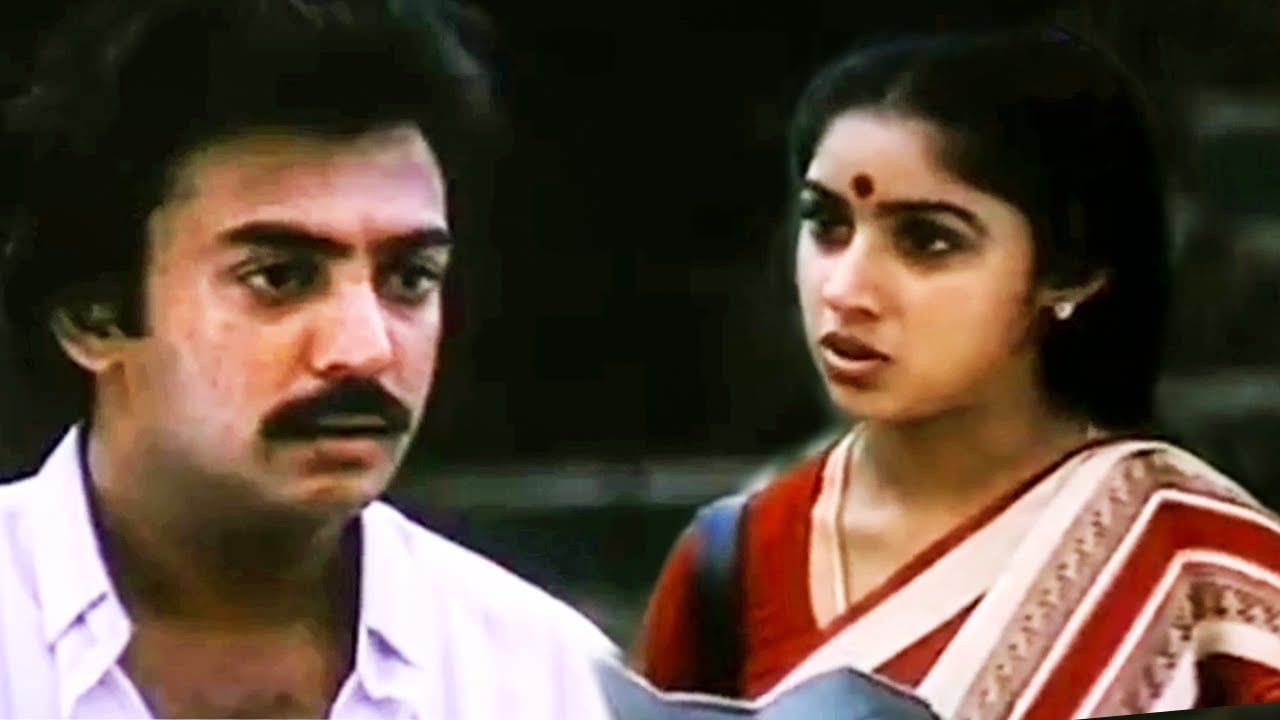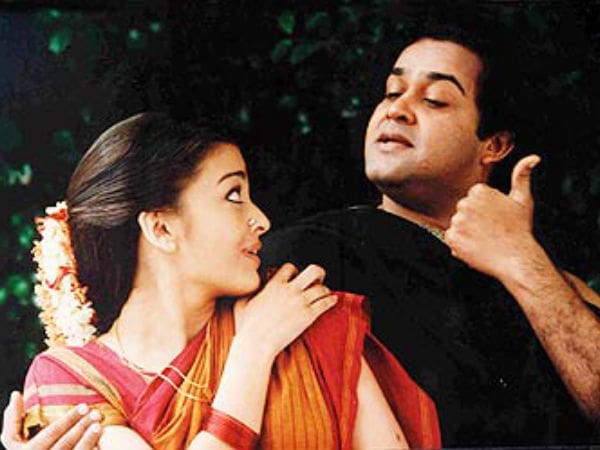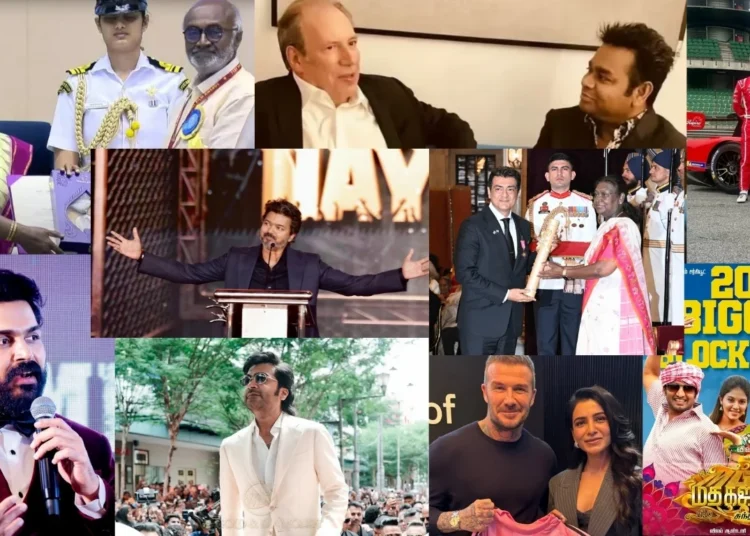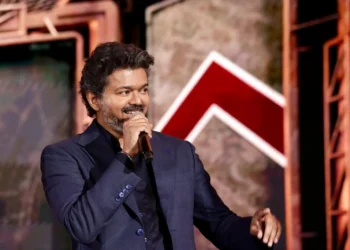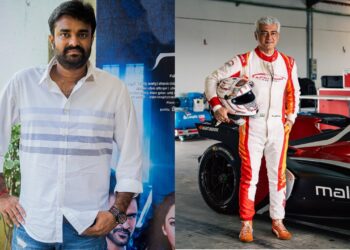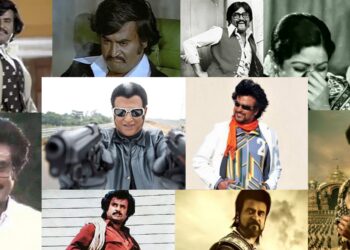As the calendar turns to another June day, cinephiles from all over the world come to commemorate the birth anniversary of Director Mani Ratnam, one of Indian cinema’s most renowned figures. This significant occasion not only marks the start of another year in his life, but it also serves as a sad reminder of the indelible impression he has made on the film industry.
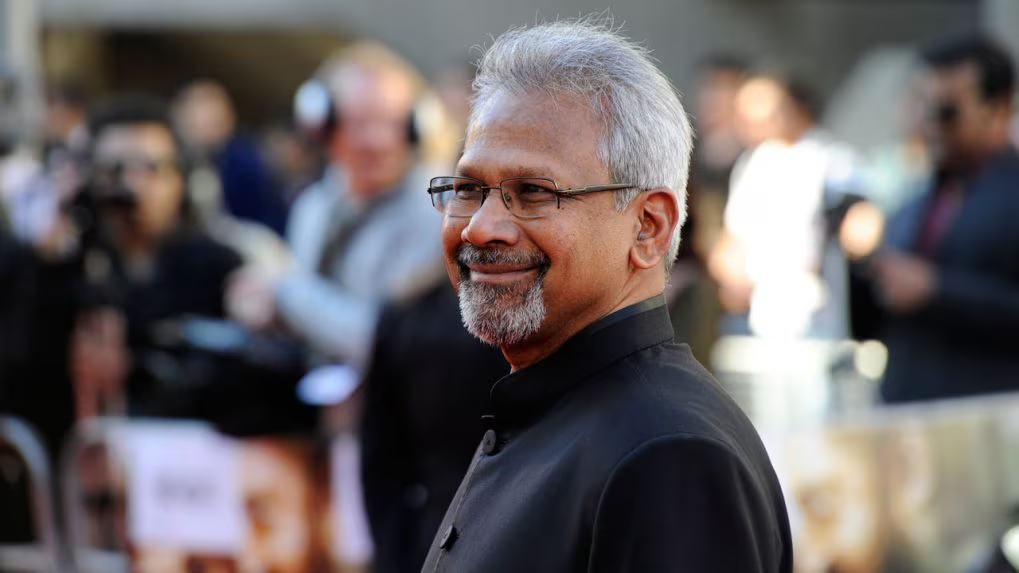
Gopalaratnam Subramaniam (born June 2, 1956), also known as Mani Ratnam, is an Indian film director, producer, and screenwriter who works primarily in Tamil cinema and few Hindi, Telugu, Malayalam and Kannada films.With a career spanning four decades, he has consistently pushed the boundaries of storytelling, enthralling viewers with his distinct narrative style, compelling characters, and visually spectacular imagery.He is one of India’s most celebrated and commercially successful filmmakers. Ratnam has received six National Film prizes, four Filmfare Awards, six Filmfare Awards South,[1] and other prizes from film festivals throughout the world. In 2002, the Government of India awarded him the Padma Shri in recognition of his contributions to film.
Mani Ratnam’s filmmaking career began in the early 1980s, and he has since produced a wide and prestigious body of work that has received both critical praise and economic success. From his early Tamil hits “Mouna Ragam” and “Nayakan” to his later Hindi blockbusters “Roja” and “Dil Se,” Ratnam has displayed an exceptional ability to build fascinating narratives that captivate audiences.
Top-Rated Films by Mani Ratnam
Dil Se (1998)
Dil Se is one of the most expressive and passionate love stories produced in Indian film. Dil Se, set against the backdrop of insurgent and counter-insurgent conflict in Assam, defies the typical romance film formula by exploring the darker aspects of love. Every gorgeous frame reflects the intriguing yet uncomfortable nature of the main characters’ romance, Amar (Shah Rukh Khan) and Meghna (Manisha Koirala).Mani Ratnam brings his primary characters together with great intensity throughout the film, from their first meeting to the heartbreaking end; Amar’s intense longing for closeness and love is particularly compelling.
AR Rahman’s famous soundtrack and Santhosh Sivan’s beautiful cinematography are a perfect compliment to Mani Ratnam’s visual poetry. Dil Se is said to be a voyage through the seven hues of love, as stated in ancient Arabic literature. The hues include attraction, infatuation, love, veneration, worship, obsession, and death. Throughout the story, Shahrukh Khan’s character, Amar, transitions between shades.
Thalapathi (1991)
Thalapathi, a modern rendition of Karna’s story from Mahabharatha, is one of Tamil cinema’s best films about brotherhood and loyalty. There is a scenario in which all of the main characters, from opposing sides, are involved in a passionate debate. Mani Ratnam’s superb mise en scene and Santosh Sivan’s dynamic photography give the sequence a distinct intensity and mournful aspect, giving an indelible impression. In another beautiful sequence that reunites the mother and kid, the filmmaker transforms a yellow cloth or scarf into a figure that aids their emotional reunion.
Rajinikanth plays Suriya, who represents Karna, the Sun God’s son. Keeping this in mind, the sun becomes a recurring visual element in Thalapathi, indicating Surya’s emotional metamorphosis throughout the story. Moments like these capture Mani Ratnam’s absolute brilliance.Rajinikanth is a Tamil superstar most known for his exaggerated and crowd-pleasing performances, which contrast with the quiet acting in Mani Ratnam’s films. In truth, Mani Ratnam’s genius brought the best of both worlds – Rajinikanth giving his best performance without sacrificing his inimitable swagger, and Mani Ratnam creating an easily accessible mafia drama without deviating from his distinct directorial style.
Nayakan (1987)
Mani Ratnam’s Nayakan has to be one of the best of them. The film transports us to the turbulent realm of Mumbai’s underworld, and its genuine power resides in its strong characterization and social environment. Kamal Haasan as Velu Naicker delivers a standout performance, portraying the essence of a feared yet generous gangster’s rise and collapse. The direction strikes a perfect balance between the criminal drama’s brutal realism and cinematic nature, resulting in a timeless classic in Tamil film.
The film’s sociopolitical undercurrents, such as the problems of the Tamil community in Mumbai, lend levels of depth to the plot. Ratnam’s examination of the protagonist’s long life journey from orphaned little child to dreaded underworld don is a riveting study in character development.
The famous exchange from Nayakan during the climax, “Neengu Nallavar Kettavara?” (are you a good or bad person?) sums up Velu’s grey-shaded protagonist. From a youngster who took up arms to bring justice to his dying days, the man has lived with his losses and anguish while remaining unyielding in his commitment to what he feels is right and wrong. Ilaiyaraaja’s score for Nayakan is also memorable, with the mournful “Thenpandi Cheemayile” serving as something of a cinema anthem. Ratnam’s meticulous attention to detail in replicating the era enhances the immersive narrative’s believability.
OK Kanmani (2015)
Mani Ratnam’s earlier romantic plays, such as “Mouna Ragam” and “Alaipayuthe,” depicted love and relationships in a fairly traditional manner, eventually focusing on themes of commitment, family values, and societal expectations. Mani Ratnam’s OK Kanmani gives his romance plays an ultra-modern twist and portrays the intricacies of modern relationships among millennials. Set in the bustling city of Mumbai, OK Kanmani follows Adi (Dulquer Salman) and Tara (Nithya Menen), two young and ambitious people who are hesitant to commit to a married relationship but are profoundly connected to each other.
Mani Ratnam is able to depict the dilemma of young people stuck between modernity and cultural commitments by giving his primary characters, Adi and Tara, a distinct character arc. We completely understand why they say what they say.OK Kanmani’s refreshing representation of love and unconventional approach to the age-old institution of marriage resonates with the audience. The film’s strength is its ability to delve into the protagonists’ dilemmas, exploring their goals and desires while emphasizing the shifting dynamics of modern metropolitan relationships.
Kannathil Muthamittal (2002)
Kannathil Mutthamittal is another important and moving Mani Ratnam film set against the backdrop of a violent political struggle (the Sri Lankan Civil War in this case). The film, based on Sujatha’s short narrative, will strike a deep chord with audiences as it explores motherhood, loss, and healing. The story concentrates mostly around nine-year-old Amudha (Keerthana).
The story is around Amudha’s personal dilemma after learning that she is adopted. Mani Ratnam delves into a different aspect of parenthood through Indira (Simran), Amudha’s foster mother. Indira’s emotional battle to persuade Amudha that she loves all three of her children equally and considers Amudha to be her firstborn is particularly poignant. Amudha’s search for her Tamil biological mother leads Indira and her writer husband, Thiruchelvan (Madhavan), deep into Sri Lanka’s war-torn heartland.
Bombay (1995)
Set against the backdrop of the 1992-1993 Bombay riots, Bombay follows the love tale of Shekhar (Aravind Swamy) and Shaila Bano (Manisha Koirala), who come from different religious backgrounds in rural South Tamil Nadu. Shekhar comes from a renowned Hindu family, whilst Shaila is from an orthodox Muslim household. Their alliance is opposed by their families, so they flee to Bombay. While they believe things will be quiet in the city, their lives take an unexpected turn six years later when the demolition of the Babri Masjid sparks Bombay riots, engulfing their entire family in fatal social upheaval.
Bombay’s superb combination of personal and political tales distinguishes it from Mani Ratnam’s other films. Bombay’s comforting factor is how it navigates the difficulties of love, family, and religion against the backdrop of identity politics and violence. While Mani Ratnam’s Bombay provides a stark depiction of the horrors of the riot that ravaged the country, he also uses the story to effectively convey the message of communal unity. The music, composed by A. R. Rahman, is nothing short of iconic, capturing both the characters’ suffering and passion.
Roja (1992)
Roja brought Mani Ratnam to national prominence, and deservedly so. Roja, a romance thriller loosely based on Satyavan Savithri’s epic legend, deals with concerns of insurgency and terrorism in Kashmir. The titular character’s husband, Rishi (Aravind Swamy), a civil servant, is kidnapped by separatist extremists, forcing Roja to traverse the tight bureaucracy to save him. Mani Ratnam carefully portrays both sides of the Kashmir war through Rishi’s incarceration and Roja’s struggle to free her husband.
Madhubala’s Roja, like all of Mani Ratnam’s female heroines, has tremendous grit and fortitude in the face of tragedy. Mani Ratnam’s unofficial ‘Terrorism Trilogy’ began with Roja, followed by ‘Bombay’ and ‘Dil Se’. All three films explore various facets of love and relationships under the realistic and emotionally charged context of political unrest.
Mouna Ragam (1986)
Mouna Ragam has one of the most superbly developed female characters from 1980s Tamil cinema: Divya, performed by the delightful Revathi. Mani Ratnam’s distinct depiction raises some candid, thought-provoking issues about our country’s arranged marriage system. Divya is a free-spirited woman who is grieving the death of her partner (Karthik). She is subsequently forced into an arranged marriage. The story follows Divya as she adjusts to her new life in Delhi with her husband, Chandra Kumar (Mohan).
Mani Ratnam beautifully explores the emotional turmoil of a young woman caught between societal standards and her own wants. She struggles to accept her background, which causes her to lash out at her husband. The narrative handles Divya’s journey of acceptance and self-discovery with a high level of maturity and sensitivity. It would be unfair not to notice the superb portrayal of Divya’s husband, Chandrakumar, here. Though Chandrakumar adores Divya’s outspoken persona, he is always on the receiving end of her outbursts during the early days of their marriage. Nonetheless, the thoughtfulness with which he recognizes Divya’s hesitancy makes us truly relate and pull for him. Mouna Raagam has endured the test of time and is one of Mani Ratnam’s timeless classics.
Anjali (1990)
Mani Ratnam’s Anjali is a wonderful journey through the complexities of youthful innocence and the difficulties of raising a mentally challenged child. Anjali, the main character, is a four-year-old with significant developmental impairments, and doctors say she won’t live long.
Anjali is Raghuvaran and Revathi’s third child, and all three live in a gated neighborhood. Mani Ratnam combines sad storyline with authentic performances from the cast, particularly the kid actors Shamili, Tarun, and Anu (playing Anjali’s siblings). Shamili, who plays Anjali, delivers a flawless performance that appears incredible for a youngster her age. She won the National Award for Best Child Actor the following year.
Revathi instills poignancy in her role, Chitra, and through her, Mani Ratnam depicts the agonies of a mother. Her daily struggle to connect with her challenged daughter while still caring for her other two children has broken our hearts. The family’s outcast status and isolation within the sophisticated, urban milieu following Anjali’s arrival causes us to empathize with their plight. More than three decades after its debut, Mani Ratnam’s subtle approach to a delicate subject, as well as the children’s remarkable performances, make Anjali an unforgettable viewing experience.
Iruvar (1997)
Mani Ratnam believes Iruvar (‘The Duo’) is his best effort to date. Interestingly, this sweeping political drama about the titans of Tamil Nadu’s Dravidian parties did not perform well at the film office. Perhaps the audience wasn’t ready for the picture at the time. However, Iruvar, with its engaging characters and universal themes, effectively concentrates on the shifting power dynamics between its two friends-turned-foe protagonists. DoP Santosh Sivan and Mani Ratnam deliver another masterclass in visual storytelling that every budding filmmaker in India should watch.
While Iruvar deals with Mani Ratnam’s familiar themes of friendship and rivalry, as seen in Agni Natchathiram and Thalapathi, the filmmaker shrewdly uses the turbulent political landscape of Tamil Nadu between the 1950s and 1980s, when M. Karunanidhi and MG Ramachandran rose to prominence as Dravidian Movement leaders. Mohanlal and Prakash Raj are ideally chosen in the pivotal parts of Anandan and Tamizhselvan, and their controlled performances lift Iruvar to one of the most exquisite and profoundly moving political dramas ever. Another reason to admire Iruvar is that it marks the acting debut of the legendary Aishwariya Rai. Though this beautifully planned drama flopped at the box office, it has developed a cult following over time.
Here’s to many more years of creativity, innovation, and storytelling excellence. Happy Birthday, Mani Ratnam Sir, and may your cinematic journey continue to illuminate the world for generations to come!
Follow us on Instagram, Facebook or Telegram for more updates and breaking news.



